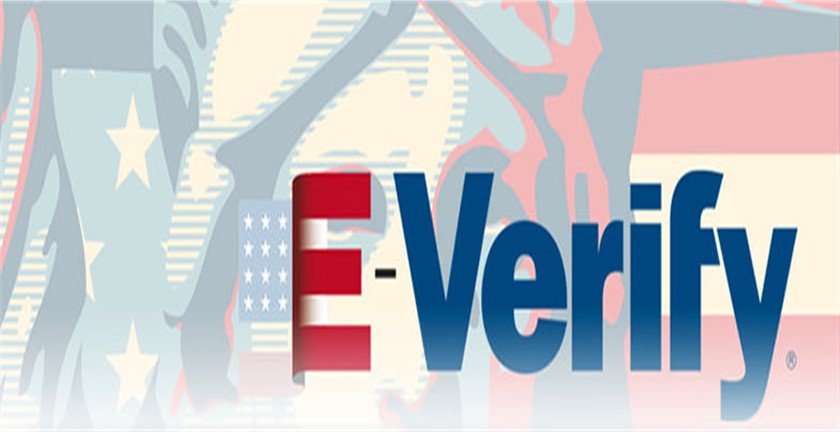Image source: govdocs.com
E-Verify is an online employment authorization verification system of employees via the USCIS, Homeland security, and the Social security administration system.
The electronic verification system enables employers to determine the work eligibility of employees within three days. This article enlightens you with the pros and cons of using e-verify and help you decide whether to e-verify or not.
Pros:
1. Access to government contracts: If you want to get access to government contracts, you need to register for e-verify and start using it.
2. STEM 17 extensions: Employers who hire employees on OPT may use e-verify system to take advantage of the STEM 17-month extension for F-1 foreign students performing post-graduation optional practical training.
3. Easy adoption: Adopting e-verify early will give you enough time to be familiar with the verification system before it becomes mandatory for all states.
4. Limits hiring underperforming employee: E-verify helps employers reduce waste of resources in hiring and training an employee who turns out to be ineligible to perform.
5. H-1B petition: Registering for e-verify system enables employers to hire foreign nationals who can work for additional 17 months in your organization without having to file for H-1B petitions on behalf of those foreign national workers.
6. Rebuttable presumption: Using E-verify create a rebuttable presumption that states that you have not violated Immigration and Nationality Act cap 274 (a) (1) (A) on unlawful employment of aliens.
7. Quick verification: E-verify system enables you to quickly verify the employment eligibility of an employee and reduce getting social security ‘No match’ letters.
8. Save employer from legal presumption: E-verify helps the employer avoid legal presumption issues since he did not hire unauthorized employee knowingly.
9. Avoid identity theft: Electronic verification enables companies to avoid identity theft in employment eligibility process.
10. Helps maintain legal workforce: It helps in eliminating mismatch letters on social security documents. The system also helps protect employees and maintain a legal workforce.
Cons:
1. Costly: Signing up for e-verify require employers to allocate some time and resources to train and supervise the employees on the use of the online system and on how to deal with the results of the queries.
2. E-verify mistakes: Mistakes may be committed by issuing a final non-confirmations to employees authorized to work or state “employment authorized” to employees not eligible to work.
3. Privacy and discrimination violation: Although the federal and state laws require companies to safeguard I-9 information, e-verify may lead to the violation and misuse of data in the online system.
4. Legal risks: There are cases where employees sue the employers for erroneous non-confirmations, wrongful termination of an employee or due to improper instructions/notice on how to contest for tentative non-confirmation.
5. I-9 Inspection and fines: Submitting I-9 e-verify form helps the government mine the data and find any mistakes made by the companies through missed deadlines and other mistake subjecting the company to some fines.
6. Periodic audit: The federal law requires companies using e-verify to allow SSA and DHS do periodic audits.
7. Less appropriate with foreign workers: E-verify is not an appropriate method for companies that hire foreign nation employees due to a lot of mismatch of data.
8. Administrative commitment: Once you sign-up for e-verify, the employer need to maintain an administrative commitment to the program including training, diligence and timely management of the program.
9. Technical issues: E-verify system cannot handle heavy confirmation load, whereas the SSA cannot quickly resolve all the confirmation issues.
10. Liability: Employers using improper pre-employment screening and re-verifying current employees expose them to liability issues.



